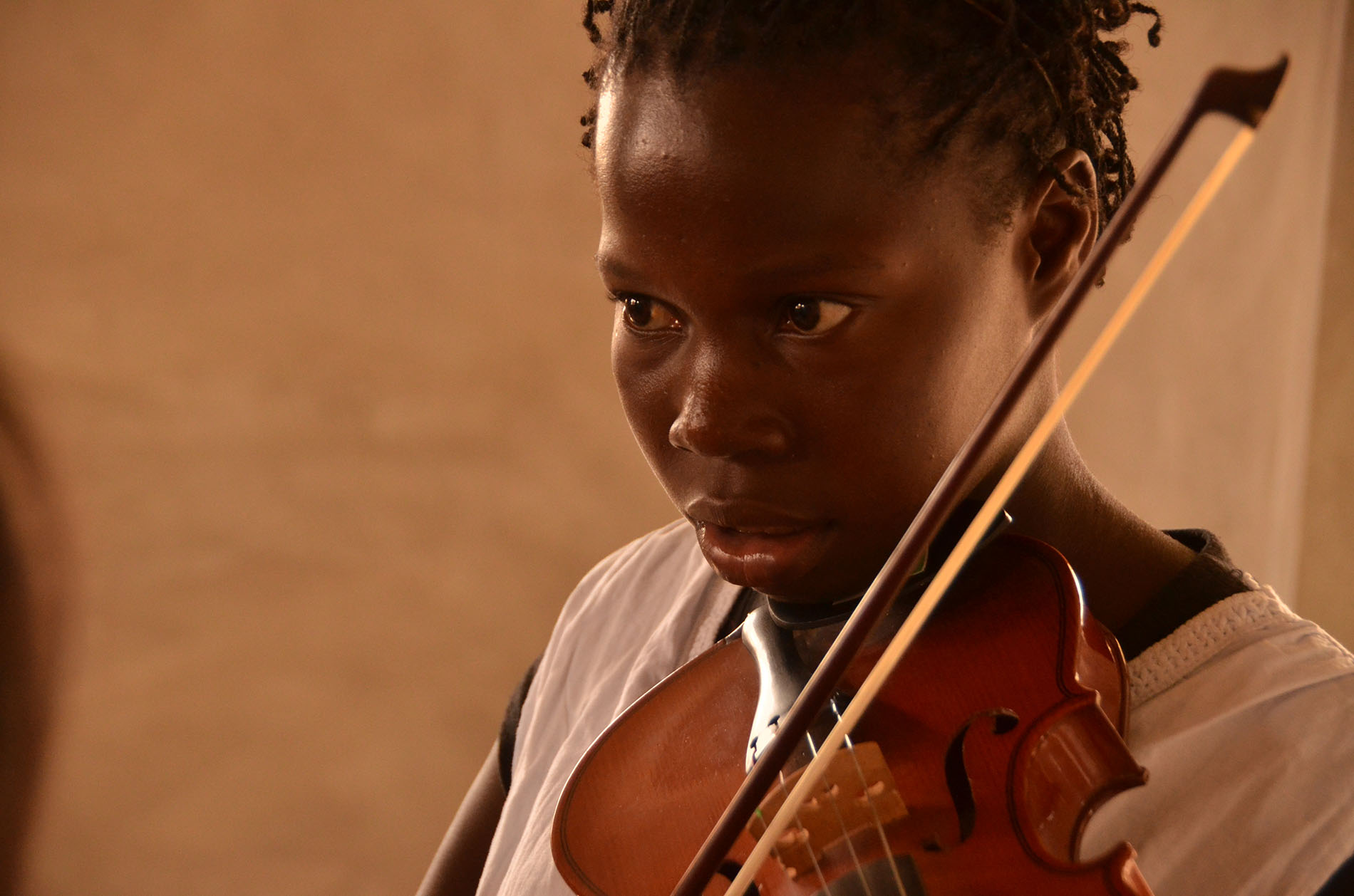BACKGROUND
The Sphinx Organization is a leading US non-profit with a clear and potent mission: to transform the landscape of American orchestras by championing diversity on stage and in the concert hall. Its signature strategy is a holistic “pipeline” of interconnected programs—Sphinx Overture, the Sphinx Performance Academy, the Sphinx Competition, and professional artist development—that provides a comprehensive pathway from beginner to professional. Sphinx Overture serves as the foundational entry point, an academic-year and summer program providing intensive, free violin instruction to nearly 250 second- and third-grade students in underserved public schools.
THE ORGANISATIONAL MODEL AND THE QUALITY GAP
Sphinx Overture’s value proposition is to provide world-class music education and youth development, serving as the primary on-ramp to the Sphinx pipeline. The program operates a decentralised model, embedding its classes within 12 different public schools, which presents inherent logistical and quality control challenges.

Historically, the program’s primary focus was on youth development, using music as a tool to instill values like perseverance and discipline. More recently, under Dworkin’s leadership, the organisation has embraced a new philosophy: that the pursuit of the highest musical standards is not separate from, but integral to, profound youth development. This strategic shift has exposed a critical “quality gap.” The pedagogical skills, planning, and classroom effectiveness of the teaching artists vary widely from site to site. This inconsistency is now the single greatest impediment to achieving the higher musical standards the organisation has set for itself and for the students it serves.
THE STRATEGIC CHALLENGE
The core challenge facing Sphinx is one of quality control and standardisation in a decentralised, multi-site educational program. How can a parent organisation guarantee a consistent, high-quality “product”—the educational experience—when it is delivered by a diverse corps of part-time teaching artists across a dozen different locations?

The current model lacks a systematic approach to professional development. There is no mandatory pre-service training, no standardised curriculum framework, and no formal system for classroom observation and feedback. This is not merely a pedagogical issue; it is a fundamental brand and strategy risk. The entire pipeline model is predicated on the assumption that the Overture program will produce a cohort of students with the skills and motivation to advance. If the quality of this foundational experience is inconsistent, the pipeline breaks at its first link, undermining Sphinx’s entire multi-million-dollar strategic architecture.
A NEW FRAMEWORK: THE SPHINX TEACHING ACADEMY
A proposed solution is to make a direct, strategic investment in human capital by creating the “Sphinx Teaching Academy,” a mandatory, paid, professional development system for all Overture teaching artists. This initiative would be designed to transform a collection of individual instructors into a unified, high-performing faculty. The framework would include four core components:
- A Pre-Service Training Intensive: A mandatory, multi-day training summit before the start of each academic year, led by national experts in pedagogy and classroom management.
- A Shared Pedagogical Framework: The training would establish a common set of best practices, focusing on key areas of weakness such as lesson planning, pacing, and differentiated instruction for mixed-level groups.
- An In-Service Observation and Feedback Loop: A formal system where the Director of Education and designated master teachers conduct periodic classroom observations and provide structured, consistent feedback based on a clear set of teaching benchmarks.
- A Community of Practice: Regular paid meetings and workshops throughout the year to foster collaboration, problem-solving, and a cohesive faculty culture.



